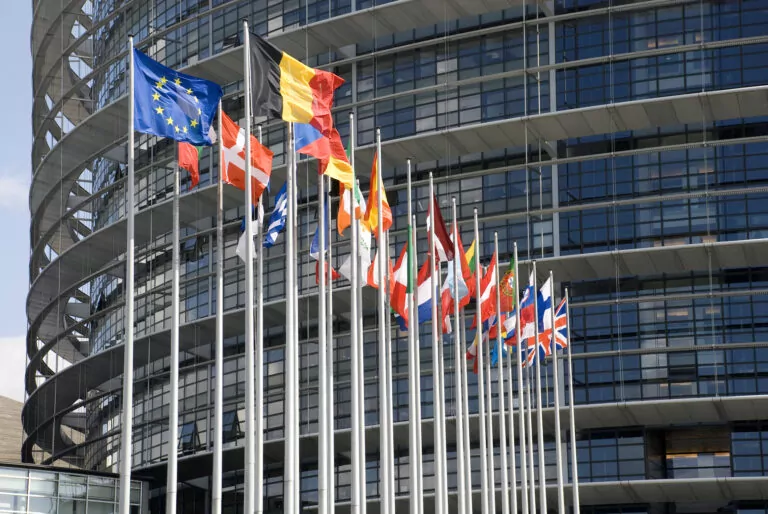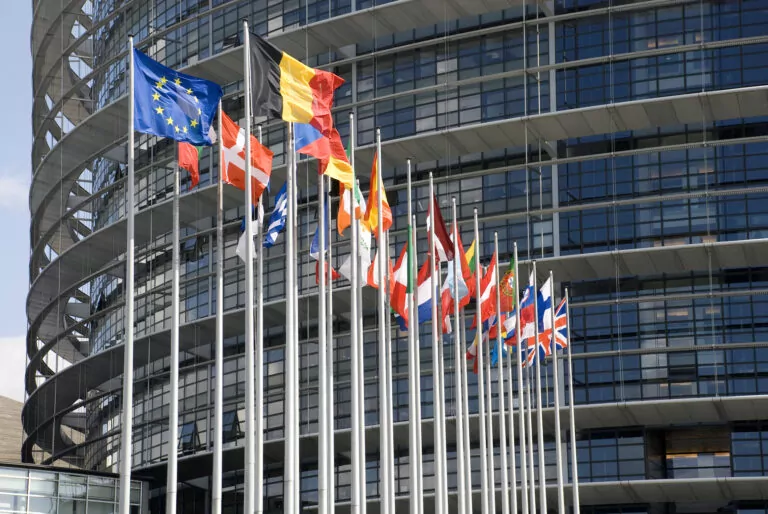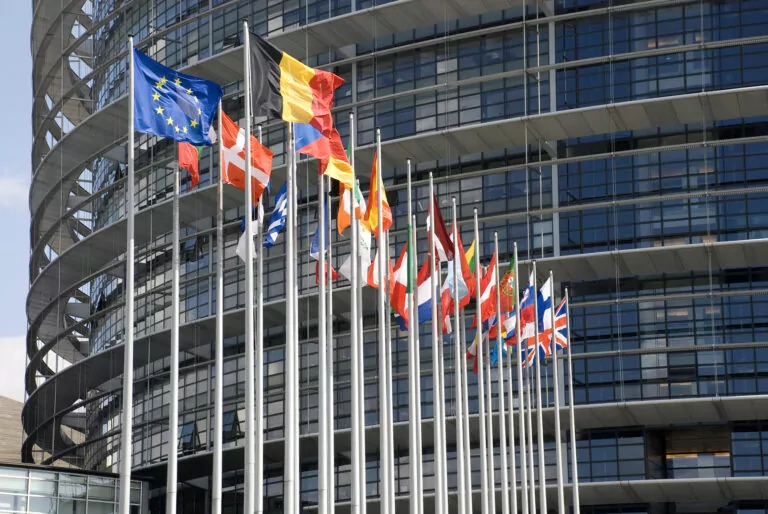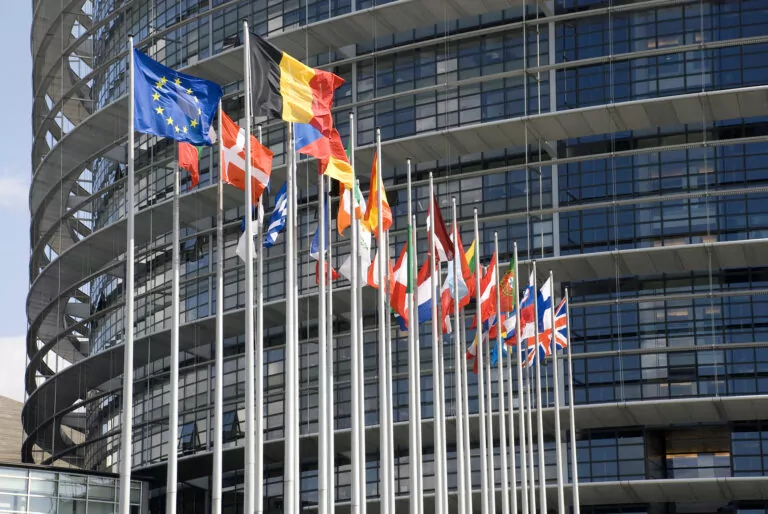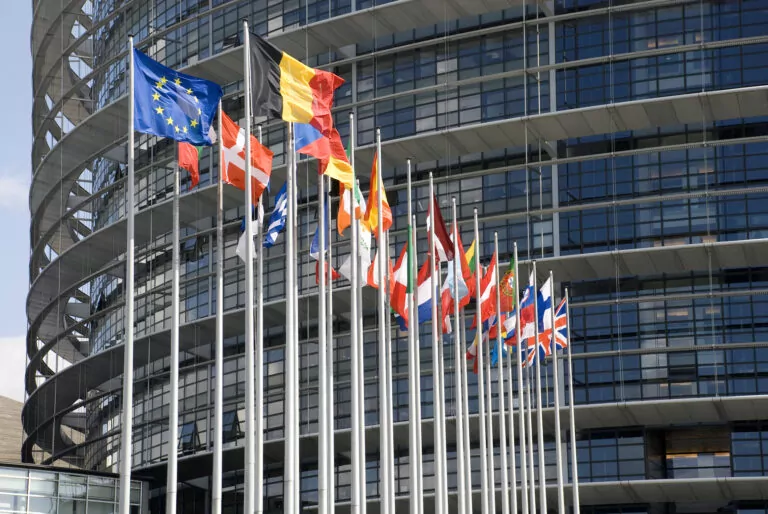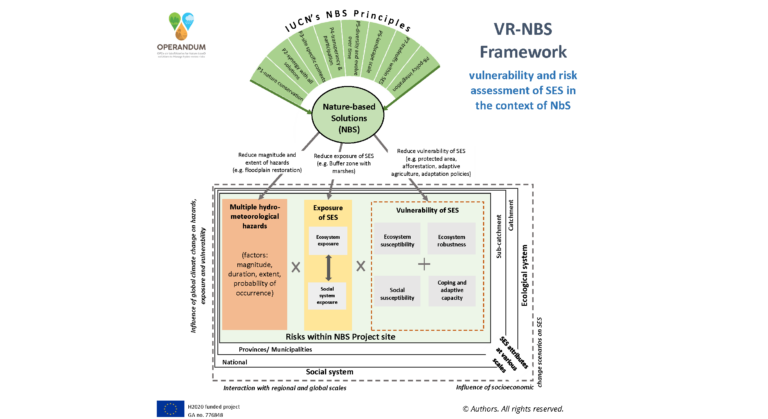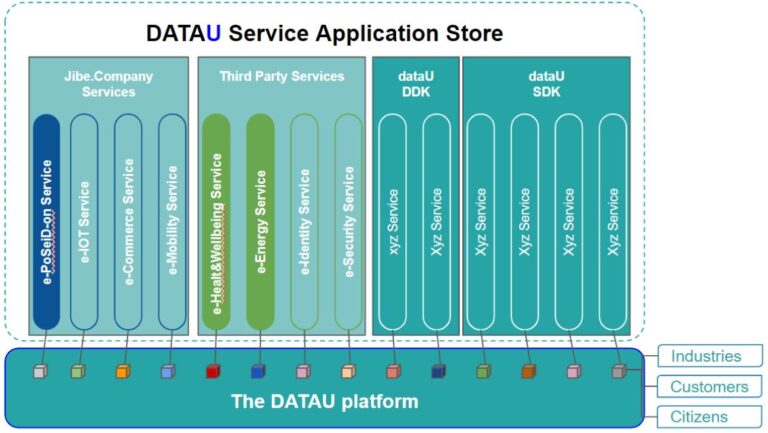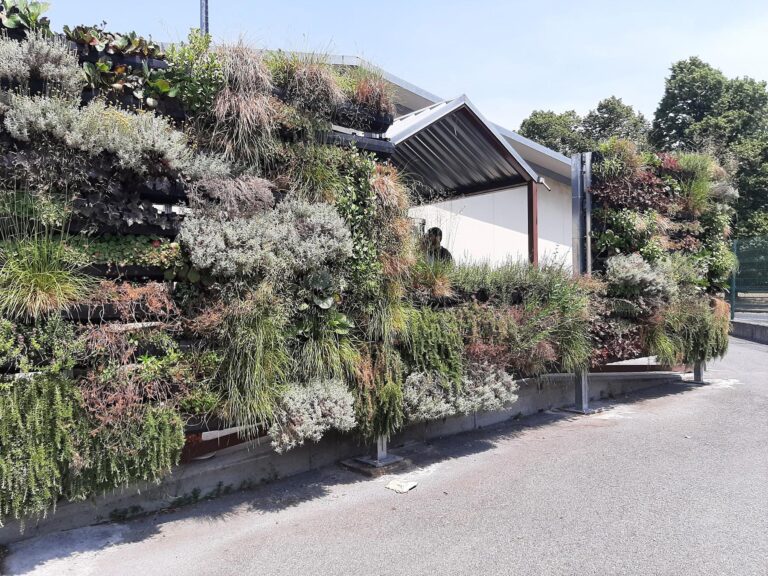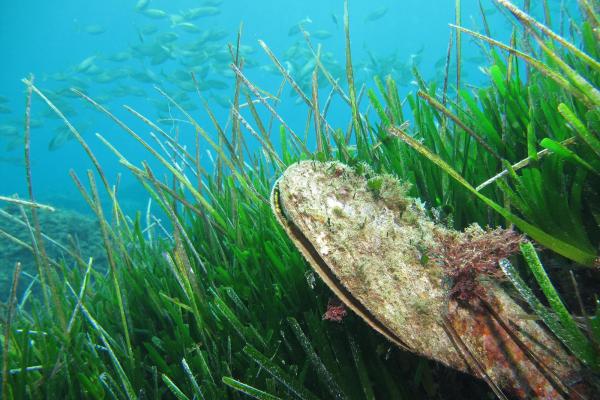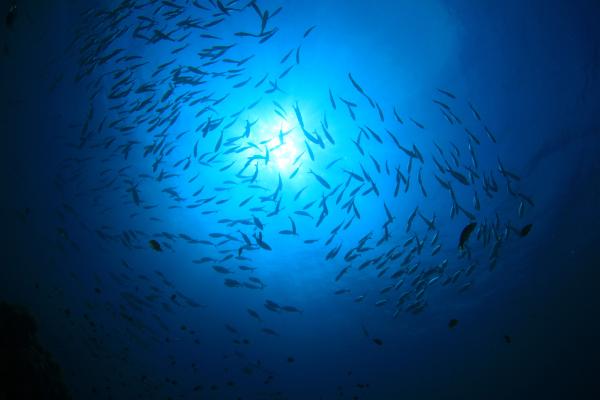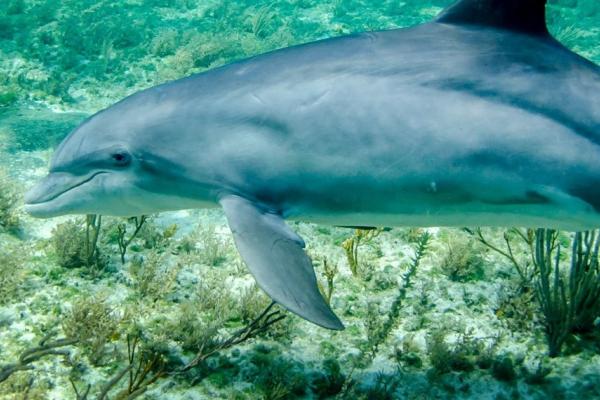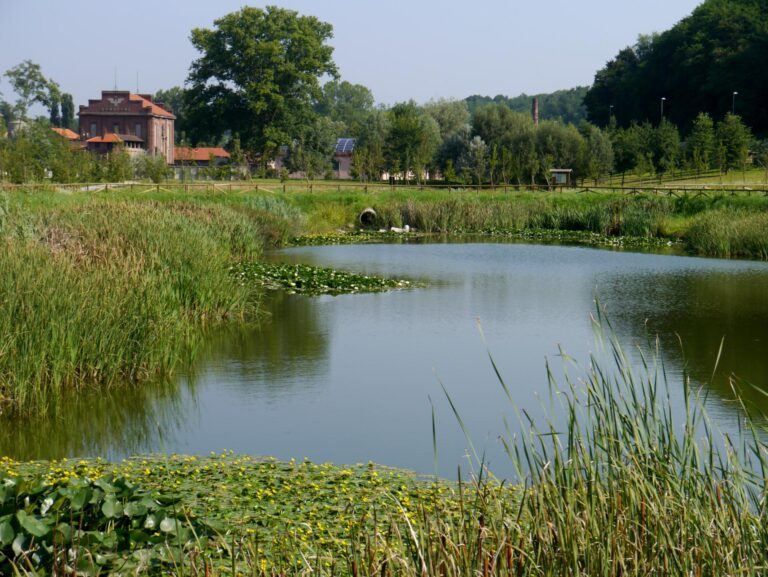Add to favorites:
Share:
Successful proposals will contribute to the impacts of this destination by improving knowledge and developing modelling tools to guide the restoration of degraded ecosystems ensuring the provision of ecosystem services. It will thus contribute to the objectives of the European Climate Law (which requires Member States to promote nature-based solutions and ecosystem-based adaptation) and will improve knowledge to ensure that biodiversity and climate policies and their implementation are coherent, mutually supportive and provide co-benefits for sectoral policies.
Project results are expected to contribute to all the following expected outcomes:
- national competent authorities, decision makers and practitioners having to implement restoration activities benefit from updated knowledge and new tools based on modelling approaches;
- nature restoration is fully taken into account in the modelling frameworks used for climate and land use policies.
The EU biodiversity strategy for 2030 set the following targets for 2030: significant areas of degraded and carbon-rich ecosystems are restored; habitats and species show no deterioration in conservation trend and status, and at least 30% reach favourable conservation status or at least show a positive trend. The EU Nature Restoration Regulation establishes framework within which Member States shall put in place effective and area-based restoration measures with the aim to jointly cover, as a Union target, at least 20 % of land areas and at least 20 % of sea areas by 2030, and all ecosystems in need of restoration by 2050.
The use of models is expected to support national and EU competent authorities and stakeholders for the implementation of the EU Nature Restoration Regulation, in particular in the following areas:
- determination of the good conditions of habitats as defined in the Habitats directive and the good environmental status defined in the Marine strategic framework directive;
- establishment of threshold values for the favourable reference area for habitats and ecosystems covered by the EU Nature Restoration Regulation;
- estimate of ecological needs of species in terms of quantity and quality of their habitats and better understanding of links between habitats and ecosystems restoration and species conservation;
- better understanding of connectivity, functionality, ecological coherence of Natura 2000 network and marine reserve network and competing needs of species;
- analysis of restoration pathways proposed by competent authorities to achieve the short term (2030) and long term (2040-2050) targets of the EU biodiversity strategy for 2030 and the EU Nature Restoration Regulation for all ecosystem types.
Proposals should either address Area A: main focus on terrestrial ecosystems, or Area B: main focus on marine ecosystems. The area (A or B) should be clearly indicated on the application.
For both areas, R&I activities should:
- develop a model as described above capable of simulating dynamic ecosystems processes, including interactions at different scale levels, based on literature review, available datasets or data-basis, realised restoration activities, on-going projects including demonstration cases, and existing guidance. The model should be able to estimate ecological reference values tailored to the specificity of ecosystems in different territories and in given contexts including under climate change, to assess proposed restoration pathways and to contribute to improve/expand other models;
- prioritise ecosystems corresponding to synergies identified between ecosystem restoration and one or several of the following areas: climate change mitigation, climate change adaptation, land degradation neutrality and disaster risk prevention;
- address data gaps with direct observation if needed;
- formulate practical guidelines or advice for practitioners about how to carry out restoration, including when dealing with invasive alien species;
- aim at improving and expanding models used for climate and land-use policies, by coupling modelling functionalities as described above.
Proposals should build on the results of relevant existing projects and envisage enough resources to collaborate with other selected projects under this topic to provide an effective integration of the generated models.
Proposals should build on the knowledge compiled in the assessment reports produced by the Intergovernmental science-policy Platform on Biodiversity and Ecosystem Services (IPBES), including the IPBES scenarios and models assessment, and should show how the planned activities could provide timely information for consideration to future reports.
Concrete efforts should be made to ensure that the data produced in the context of the funded projects is FAIR (Findable, Accessible, Interoperable and Re-usable), particularly in the context of real-time data feeds, exploring workflows that can provide “FAIR-by-design” data, i.e., data that is FAIR from its generation. Possibilities offered by the European Open Science Cloud (EOSC) to store and give access to research data should be considered, including data from in-situ sensors and satellite-based Earth observations.
Citizen Science approach could be appropriate for this action to produce, collect and analyse data.
When dealing with models, actions should promote the highest standards of transparency and openness, as much as possible going well beyond documentation and extending to aspects such as assumptions, protocols, code and data that is managed in compliance with the previously mentioned FAIR principles.
This topic is part of a coordination initiative between ESA and the EC on Earth System Science (ESSI). Projects will be asked to cooperate with projects that will be selected under ESA's Future EO programme as well as under the following topics under this call: HORIZON-CL6-2025-01-BIODIV-04: Large-scale in situ biodiversity observations for better understanding of biodiversity state, drivers of its decline and impacts of policies and HORIZON-CL6-2025-01-BIODIV-06: Assessing and modelling socio-economic impacts of nature restoration. To this end, proposals should plan to allocate sufficient resources for effective coordination, with concrete cooperation activities to be defined at a later stage. Applicants are not expected to contact the ESA or ESA projects to prepare proposals.
Proposals should foresee cooperation with the EC Knowledge Centre for Biodiversity and the Science Service project BioAgora.
Expected Outcome
Successful proposals will contribute to the impacts of this destination by improving knowledge and developing modelling tools to guide the restoration of degraded ecosystems ensuring the provision of ecosystem services. It will thus contribute to the objectives of the European Climate Law (which requires Member States to promote nature-based solutions and ecosystem-based adaptation) and will improve knowledge to ensure that biodiversity and climate policies and their implementation are coherent, mutually supportive and provide co-benefits for sectoral policies.
Project results are expected to contribute to all the following expected outcomes:
- national competent authorities, decision makers and practitioners having to implement restoration activities benefit from updated knowledge and new tools based on modelling approaches;
- nature restoration is fully taken into account in the modelling frameworks used for climate and land use policies.
Scope
The EU biodiversity strategy for 2030 set the following targets for 2030: significant areas of degraded and carbon-rich ecosystems are restored; habitats and species show no deterioration in conservation trend and status, and at least 30% reach favourable conservation status or at least show a positive trend. The EU Nature Restoration Regulation establishes framework within which Member States shall put in place effective and area-based restoration measures with the aim to jointly cover, as a Union target, at least 20 % of land areas and at least 20 % of sea areas by 2030, and all ecosystems in need of restoration by 2050.
The use of models is expected to support national and EU competent authorities and stakeholders for the implementation of the EU Nature Restoration Regulation, in particular in the following areas:
- determination of the good conditions of habitats as defined in the Habitats directive and the good environmental status defined in the Marine strategic framework directive;
- establishment of threshold values for the favourable reference area for habitats and ecosystems covered by the EU Nature Restoration Regulation;
- estimate of ecological needs of species in terms of quantity and quality of their habitats and better understanding of links between habitats and ecosystems restoration and species conservation;
- better understanding of connectivity, functionality, ecological coherence of Natura 2000 network and marine reserve network and competing needs of species;
- analysis of restoration pathways proposed by competent authorities to achieve the short term (2030) and long term (2040-2050) targets of the EU biodiversity strategy for 2030 and the EU Nature Restoration Regulation for all ecosystem types.
Proposals should either address Area A: main focus on terrestrial ecosystems, or Area B: main focus on marine ecosystems. The area (A or B) should be clearly indicated on the application.
For both areas, R&I activities should:
- develop a model as described above capable of simulating dynamic ecosystems processes, including interactions at different scale levels, based on literature review, available datasets or data-basis, realised restoration activities, on-going projects including demonstration cases, and existing guidance. The model should be able to estimate ecological reference values tailored to the specificity of ecosystems in different territories and in given contexts including under climate change, to assess proposed restoration pathways and to contribute to improve/expand other models;
- prioritise ecosystems corresponding to synergies identified between ecosystem restoration and one or several of the following areas: climate change mitigation, climate change adaptation, land degradation neutrality and disaster risk prevention;
- address data gaps with direct observation if needed;
- formulate practical guidelines or advice for practitioners about how to carry out restoration, including when dealing with invasive alien species;
- aim at improving and expanding models used for climate and land-use policies, by coupling modelling functionalities as described above.
Proposals should build on the results of relevant existing projects and envisage enough resources to collaborate with other selected projects under this topic to provide an effective integration of the generated models.
Proposals should build on the knowledge compiled in the assessment reports produced by the Intergovernmental science-policy Platform on Biodiversity and Ecosystem Services (IPBES), including the IPBES scenarios and models assessment, and should show how the planned activities could provide timely information for consideration to future reports.
Concrete efforts should be made to ensure that the data produced in the context of the funded projects is FAIR (Findable, Accessible, Interoperable and Re-usable), particularly in the context of real-time data feeds, exploring workflows that can provide “FAIR-by-design” data, i.e., data that is FAIR from its generation. Possibilities offered by the European Open Science Cloud (EOSC) to store and give access to research data should be considered, including data from in-situ sensors and satellite-based Earth observations.
Citizen Science approach could be appropriate for this action to produce, collect and analyse data.
When dealing with models, actions should promote the highest standards of transparency and openness, as much as possible going well beyond documentation and extending to aspects such as assumptions, protocols, code and data that is managed in compliance with the previously mentioned FAIR principles.
This topic is part of a coordination initiative between ESA and the EC on Earth System Science (ESSI). Projects will be asked to cooperate with projects that will be selected under ESA's Future EO programme as well as under the following topics under this call: HORIZON-CL6-2025-01-BIODIV-04: Large-scale in situ biodiversity observations for better understanding of biodiversity state, drivers of its decline and impacts of policies and HORIZON-CL6-2025-01-BIODIV-06: Assessing and modelling socio-economic impacts of nature restoration. To this end, proposals should plan to allocate sufficient resources for effective coordination, with concrete cooperation activities to be defined at a later stage. Applicants are not expected to contact the ESA or ESA projects to prepare proposals.
Proposals should foresee cooperation with the EC Knowledge Centre for Biodiversity and the Science Service project BioAgora.
Partner Requests
Explore Real Collaboration Opportunities
🔍 As a logged-in member, you now have exclusive access to all active Partner Requests for this Funding Call.
See who’s looking for collaborators, explore exciting project ideas, and discover how others are planning to make an impact.
💡 Use these insights to get inspired—or take the next step and start a request of your own (3 entries for free).
Log in or registrate here for free.
You must be logged in to submit or manage a partner request.
Ask our experts about this call
Connect with the Listing Owner!
💬 Please log in now to send a direct message to our experts and ask your questions. Not a member yet? Sign up for free and start connecting today!
Related Funding and Finance Opportunities
Unlock Exclusive Funding Opportunities!
🔑 Get instant access to tailored funding opportunities that perfectly match your needs. This powerful feature is exclusively available to our premium members—helping you save time, stay ahead of the competition, and secure the right funding faster.
Upgrade to Premium now and never miss an important opportunity again! Already a premium member? Log in here to explore your matches.
Related Innovation Offers
Related Knowledgebase Resources
Discover More with Premium: Related Knowledge Resources
🔒 You’re missing out on expert-curated knowledge specifically matched to this topic. As a Premium member, you gain exclusive access to in-depth articles, guides, and insights that help you make smarter decisions, faster.
Whether you’re preparing a funding proposal, researching a new market, or just need reliable information—our Premium knowledge matches save you hours of research and point you directly to what matters.
Upgrade to Premium now and instantly unlock relevant knowledge tailored to your needs! Already a member? Log in here to view your personalized content.


